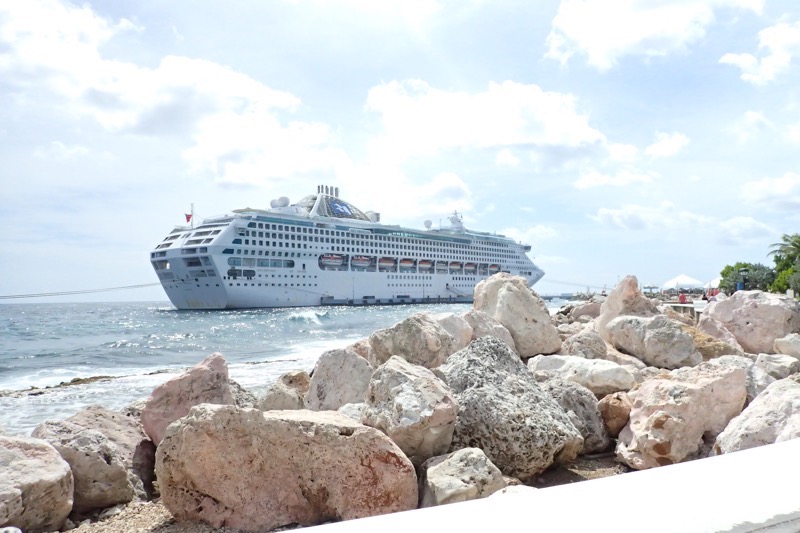Curacao is in the Dutch Antilles, and while they are an autonomous state, they are still a part of the Kingdom of the Netherlands… apparently. But buggered if I had ever heard of the place before I saw it on this itinerary. It is in the Caribbean and that is good enough for me.
The only thing I knew about this place was that the capital city of Willemstad has a very unusual waterfront that looks like Amsterdam, but it is painted in bright Caribbean colours, so I was quite looking forward to seeing that.
Today I had organised a group tour to take in 1) the ‘Mysterious’ Hato Caves; 2) the Flamingo Lake; 3) a guided snorkel beach stop and 4) a chance to see the aforementioned colourful town of Willemstad. We met our guide Nell, (superfluous story about people not being where they say they will be, omitted here) and found ourselves crammed onto a shuttle bus and half of us sitting on jump seats! Not an auspicious start – but those who had been on tours with me previous were pretty damn happy that, uncharacteristically, the air con was working… so off we went on our island adventure.
Our guide, Nell was very chatty on the way to our first stop the ‘Mysterious’ Hato Caves. According to our port guide, these limestone caves were once a hiding place for escaped slaves – but the guide who showed us through them today didn’t make any reference to this as part of the caves’ history at all. One thing that did make these caves unique compared to many others is that the caves are all up above sea level, so instead of getting cooler the further in (and down) you went into the caves, these caves actually got hotter and warmer as you went in and actually climbed up inside the limestone cliffs. Overall they were just like any other caves I have visited: stalactites, stalagmites, pools of water, bats and stuff. Our guide had a great sense of humour which made the little tour interesting, but I never did find out what was so mysterious about the ‘Mysterious’ caves??
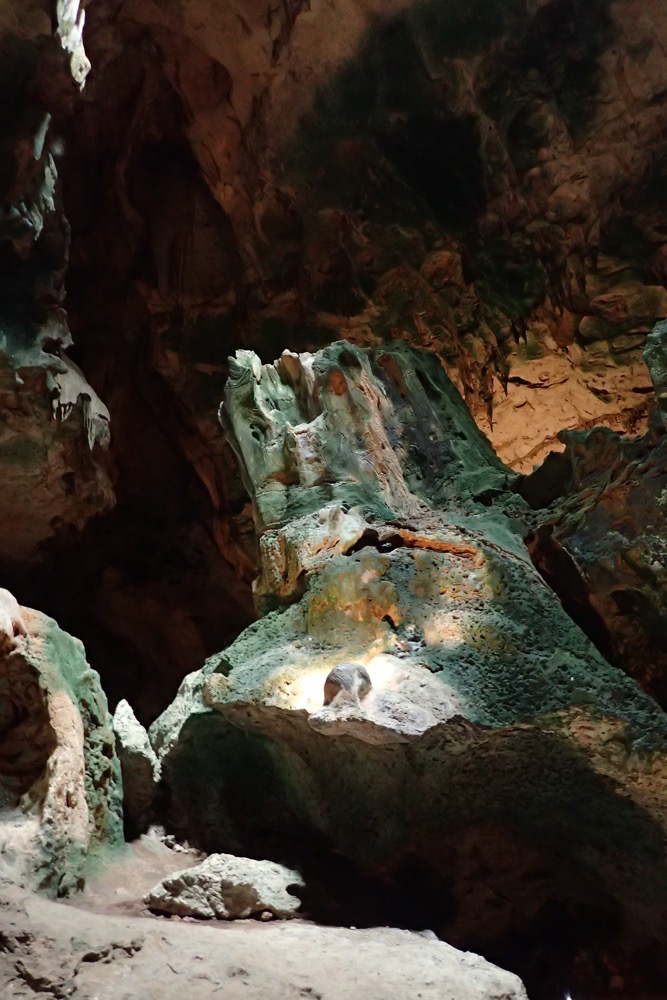
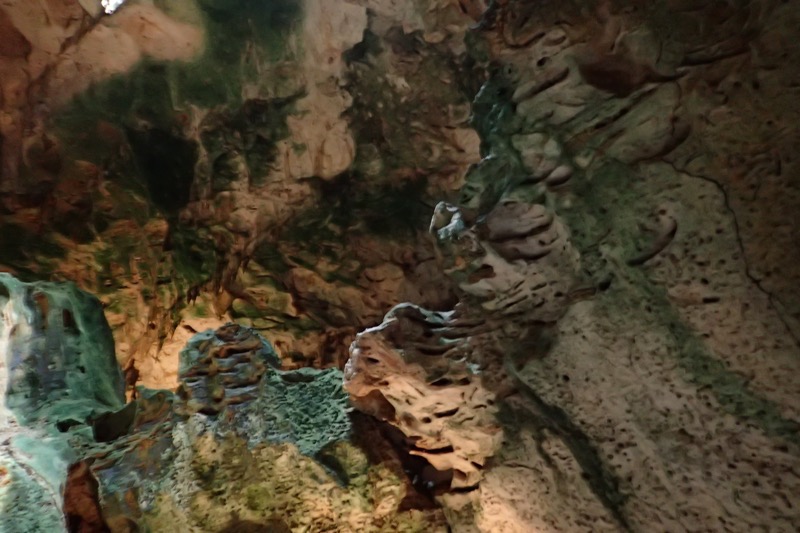
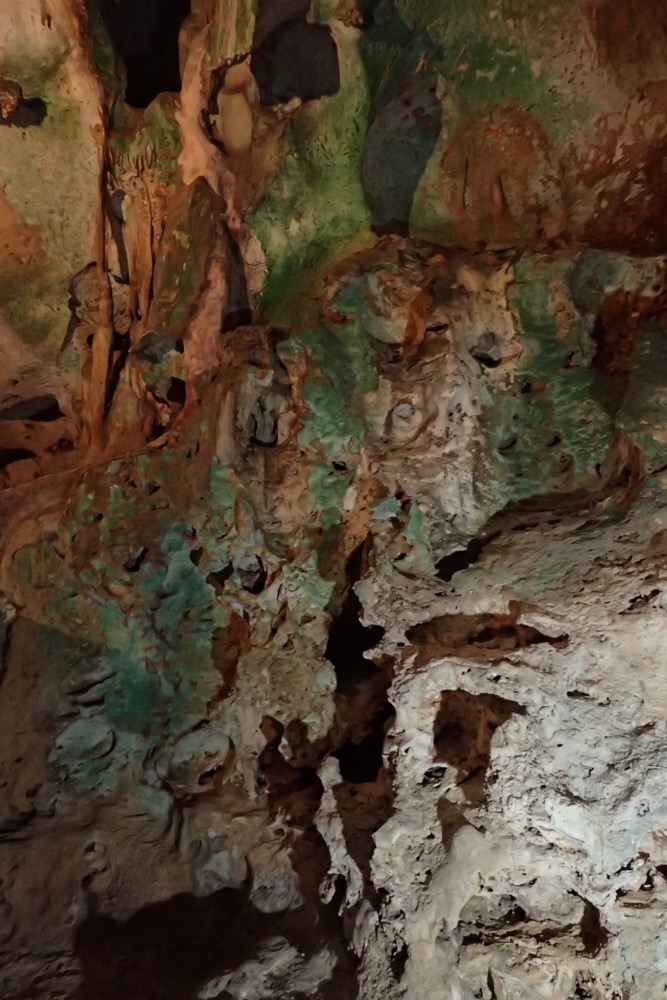
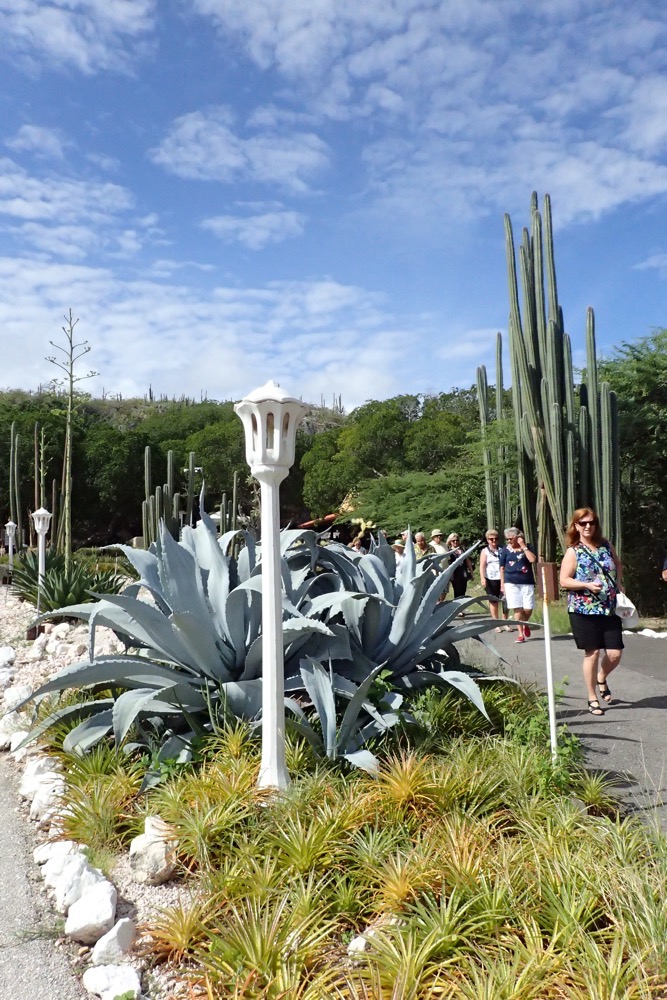
After our cave visit, we head down to Playa Porto Mari, for a beach stop and snorkel and general poke about. And wow… this place is a postcard perfect, Caribbean paradise. Blue waters like you rarely see, and lovely white sand beach. The water looked so inviting that we didn’t wait for Nell to guide us around the place, Aunty Mary and I suited up and jumped right in. The water was lovely. We had a good snorkel around, with great visibility, but unfortunately, there is little to no coral in this bay. They have put some large manmade objects around the place to create a haven for the fishes but no coral yet. We saw quite a few large tropical reef fish and anemones starting to live on these domes, but sadly only broken dead coral on the sea floor. We swam out to the edge of the shallows to have a look at the drop off, but again saw very little in the way of coral and even fewer fishes (I think I am just spoiled rotten with my last few snorkel opportunities being off Airlie Beach, Townsville and before that, Papua new Guinea… 😕 ). Anyway, we had a lovely swim in the gorgeous blue waters, then got out, rinsed off (how civilised) and head for the bar for a well-earned mojito or two.
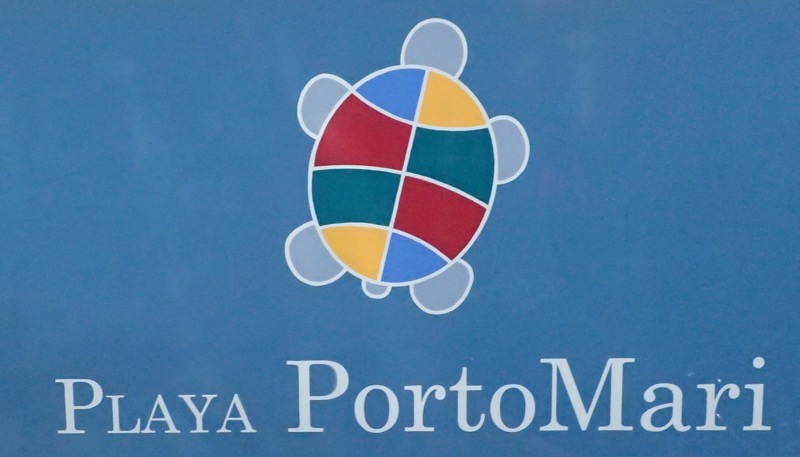
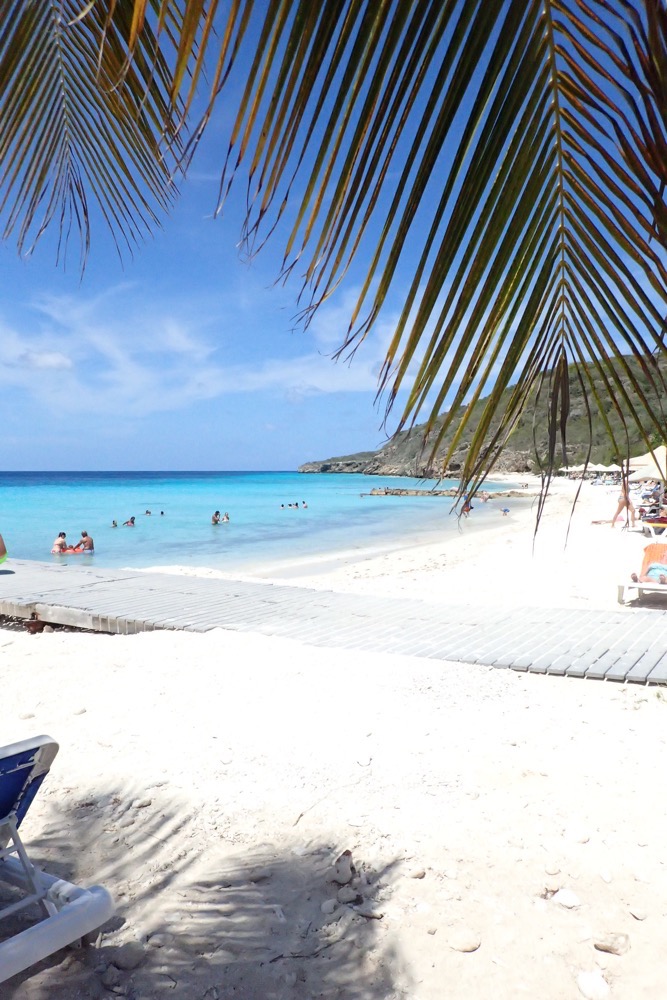
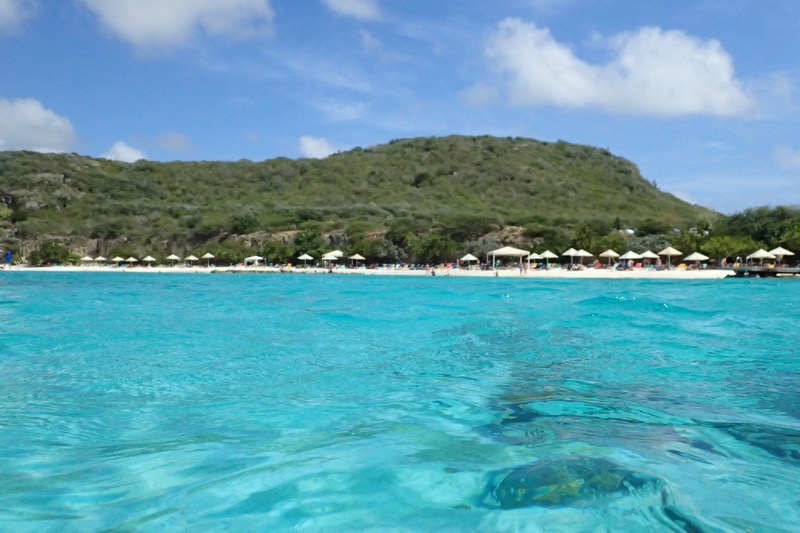
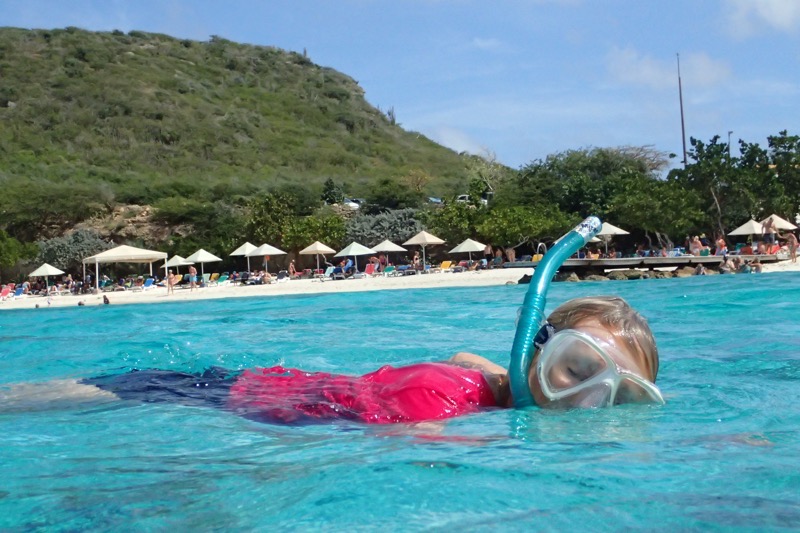
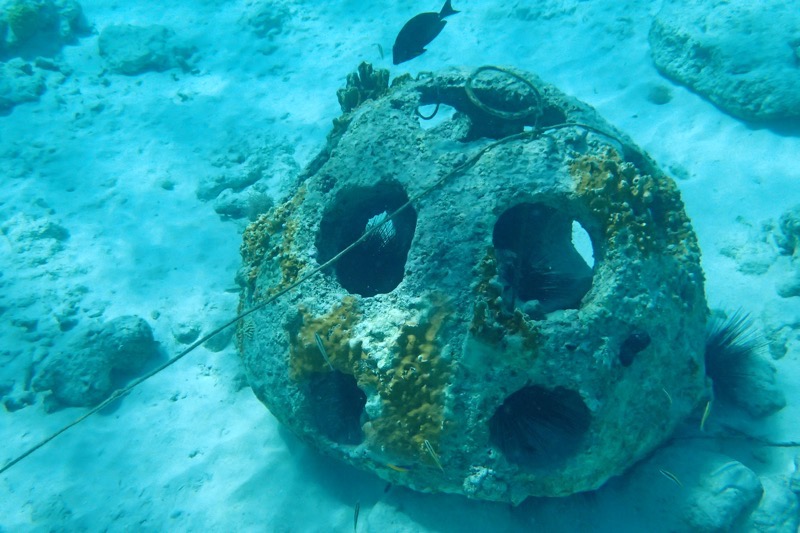
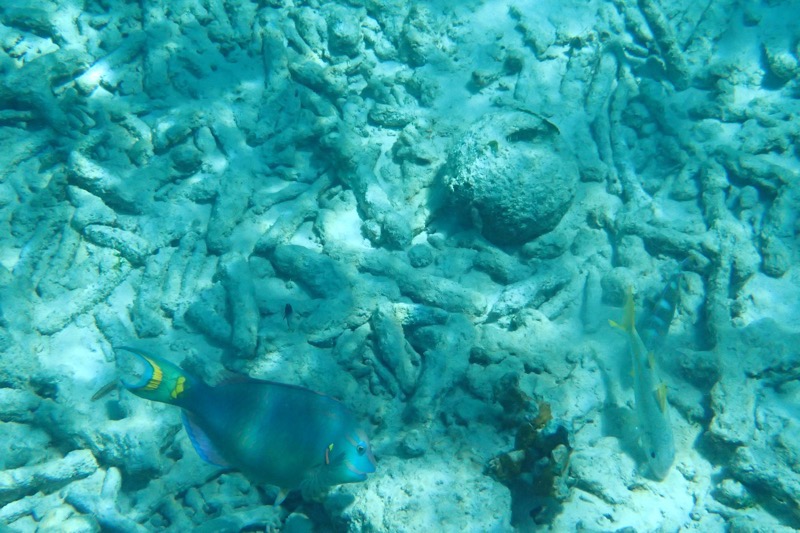
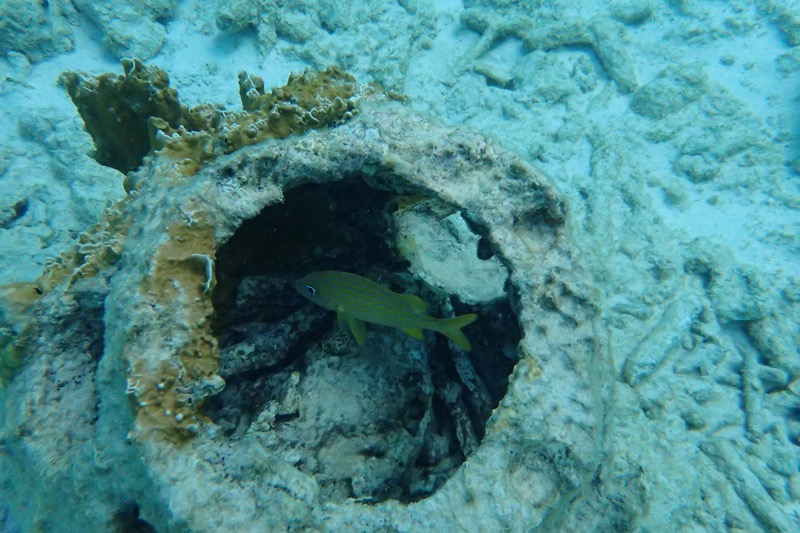
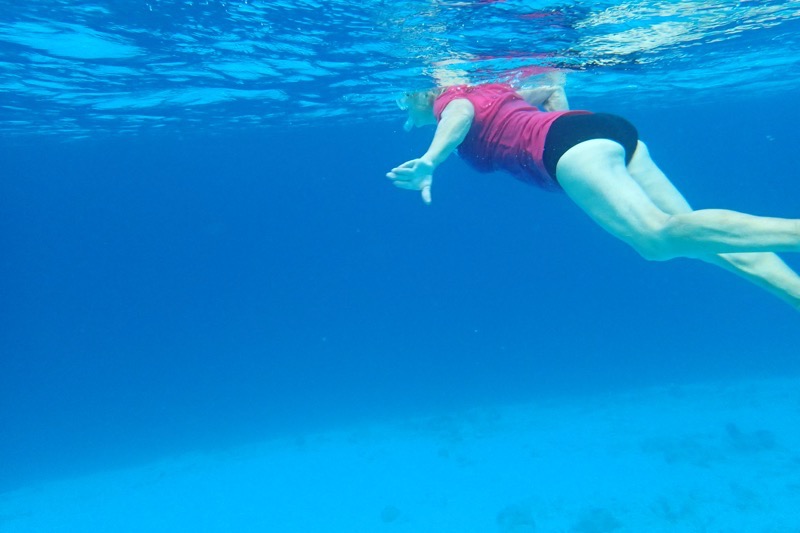
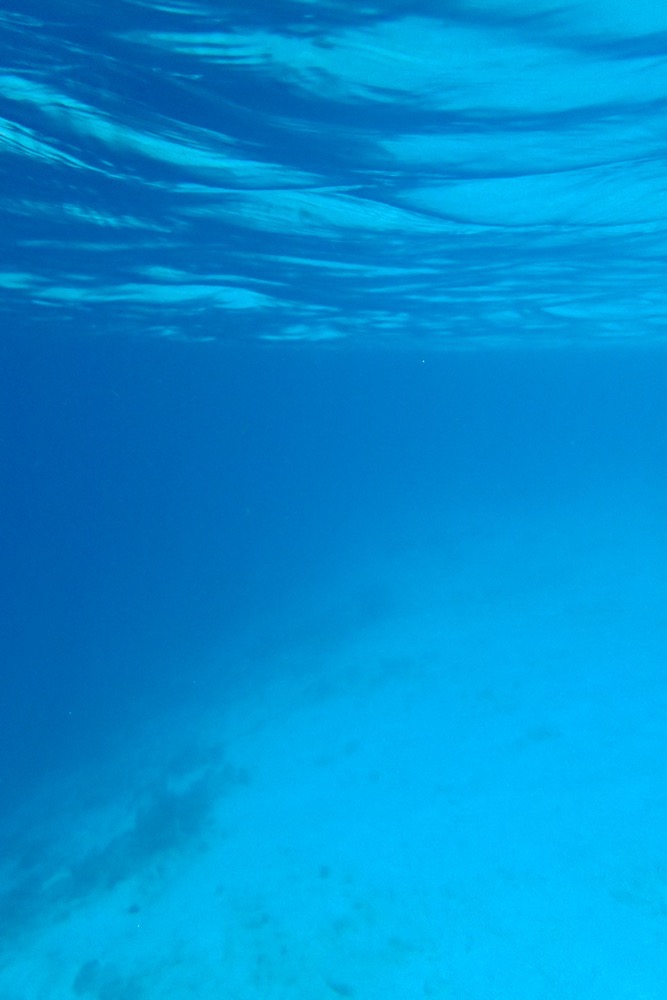
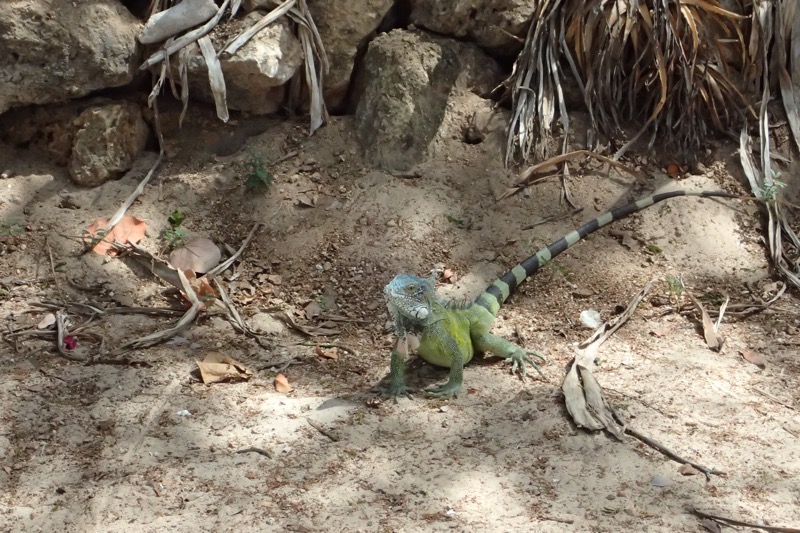 TIL… Iguanas like popcorn!
TIL… Iguanas like popcorn!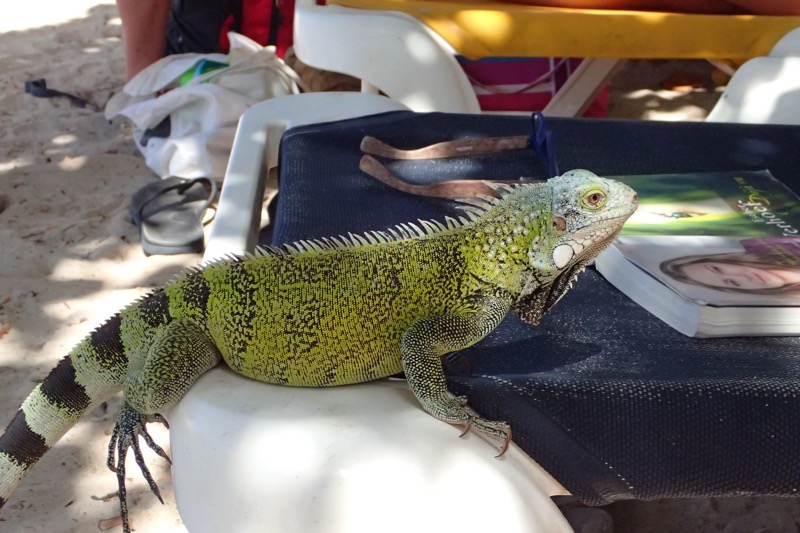
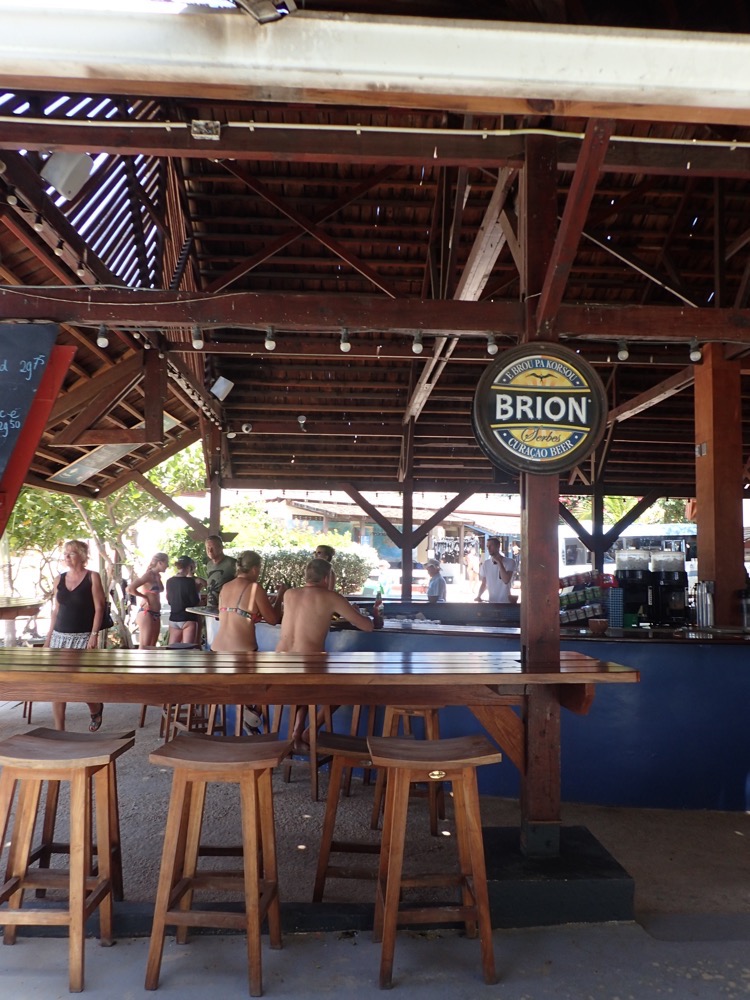
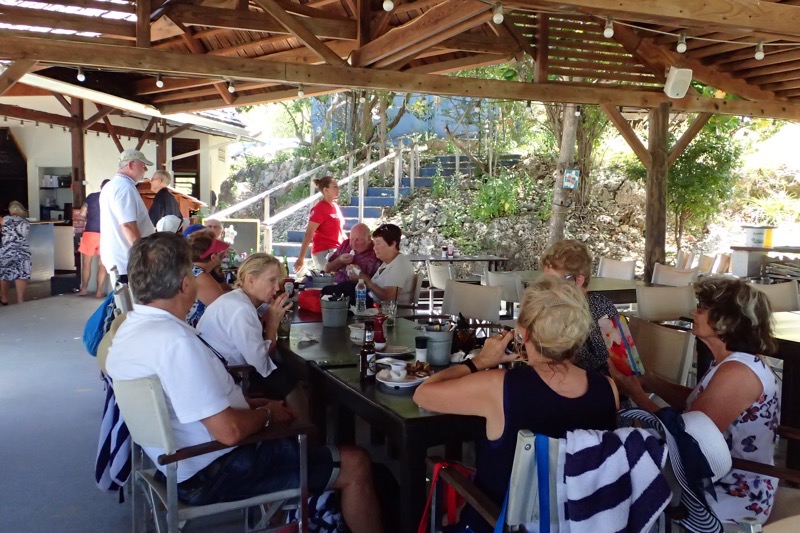
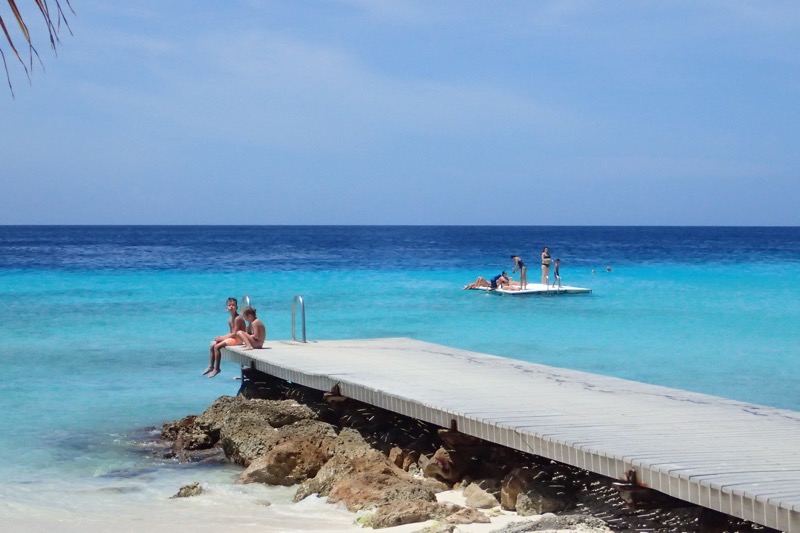
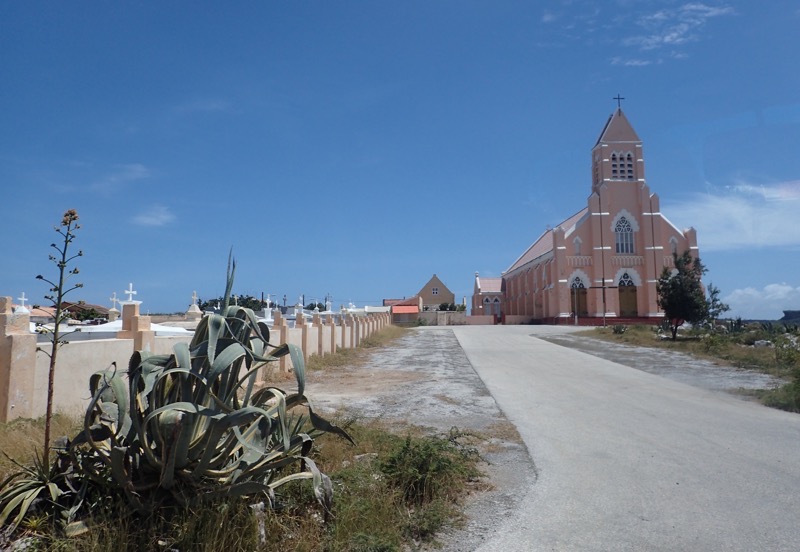
After our beach stop, we had a visit to an old Plantation House, which is currently serving as an artist studio for a well known local artist. The house used to serve as a centre for the overseeing of an agricultural plantation as well as a place that was responsible for a salt farming industry. In the surrounding area is lots of low lying flat land that would be flooded then allowed to dry; slave labour was used to collect the salt, which was then shipped back to the Netherlands and used to preserve herring and other fish etc.
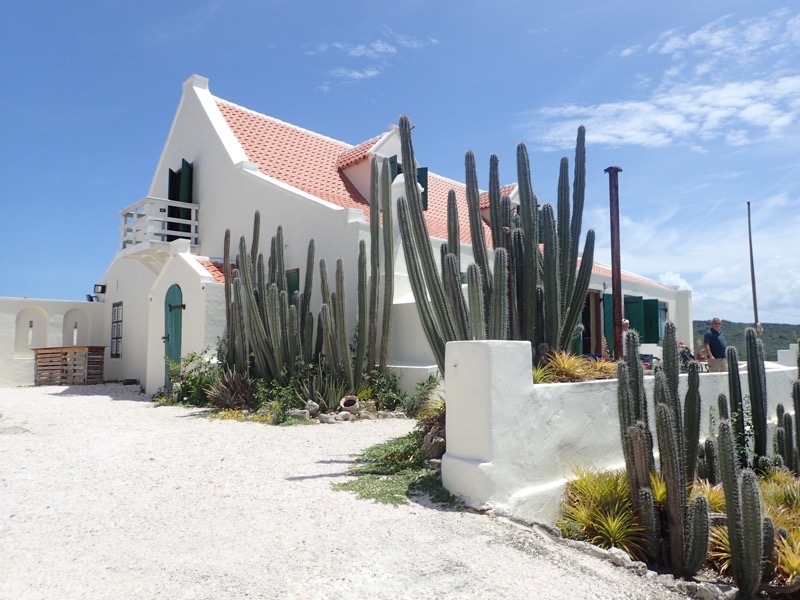
While the island of Curacao seems to have a somewhat spotted history: inhabited first by Venezuelan indians, the Arawaks; they were subsequently conquered by the Spanish in 1499, and the Arawak population was decimated. The Spanish, having named the island both, ‘Isla de los Gigantes’ (Island of the Giants – *shrug* the Arawaks were much taller than 15thC Spaniards), and the ‘Isla Inutil’ (Useless Island), the Spanish set about depopulating the island by enslaving the local population and shipping them off the island. Curacao stayed sort of Spanish until the Dutch came along in the 1630s and established Curacao as a home port in the Caribbean Sea… but I digress. Curacao was important to the the Dutch as they needed the salt, having recently lost the salt pans of Punta de Araya to the Spanish. Several years later it was found that the salt marshes in Curacao were not as fit for exploitation as they had hoped, but they persisted anyway.
The island has been predominantly Dutch since the 1630s with a few interregnum periods when it was variously controlled by the Spanish, the Portuguese, the British (18thC), the French (19thC) and eventually the Dutch again. This flip-flopping of sovereignty had a major impact on the formation of the local language, which is called Papiamento. Papiamento is a creole based language with a mixture of Dutch, Spanish, Portuguese and various African languages and dialects which were contributed by the extensive African slave population. Slave trading and/or general smuggling and piracy was a huge thing in Curacao right up until as late as 1863, as the Dutch were selling large amount of African slaves into Brazil through Curacao. 1863 saw the abolition of slavery, which destroyed the island’s economy and many people left Curacao in favour or other islands in the West Indies… errr, where was I going with all this? Oh yeah that’s right, Nell said that this Plantation owner would send the slaves out to work in the salt pans to mine the salt which was to be sent back to the Netherlands, but that the slaves were extremely poorly treated – even by the standards that other African slaves experienced elsewhere. They were forced to collect the sharp salt crystals barefoot and without medical attention, and additionally the glaring white of constantly working on the salt pans would actually send the slaves blind at quite a young age. The Plantation owner was apparently your stereotypical heartless slave-owning bastard, who would literally leave his slaves to die once they were blinded, as they were of no further use to him. 😕 Now this lovely building with its awful history is an art gallery by day, but is empty by night – no one will live there anymore because of its less than salubrious provenance and there was some mention of it being haunted (if you believe in the sort of thing).
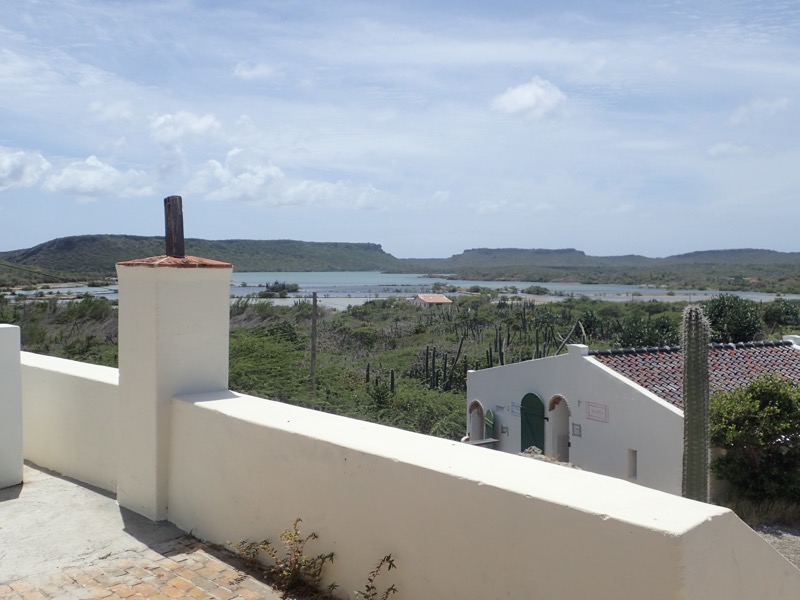
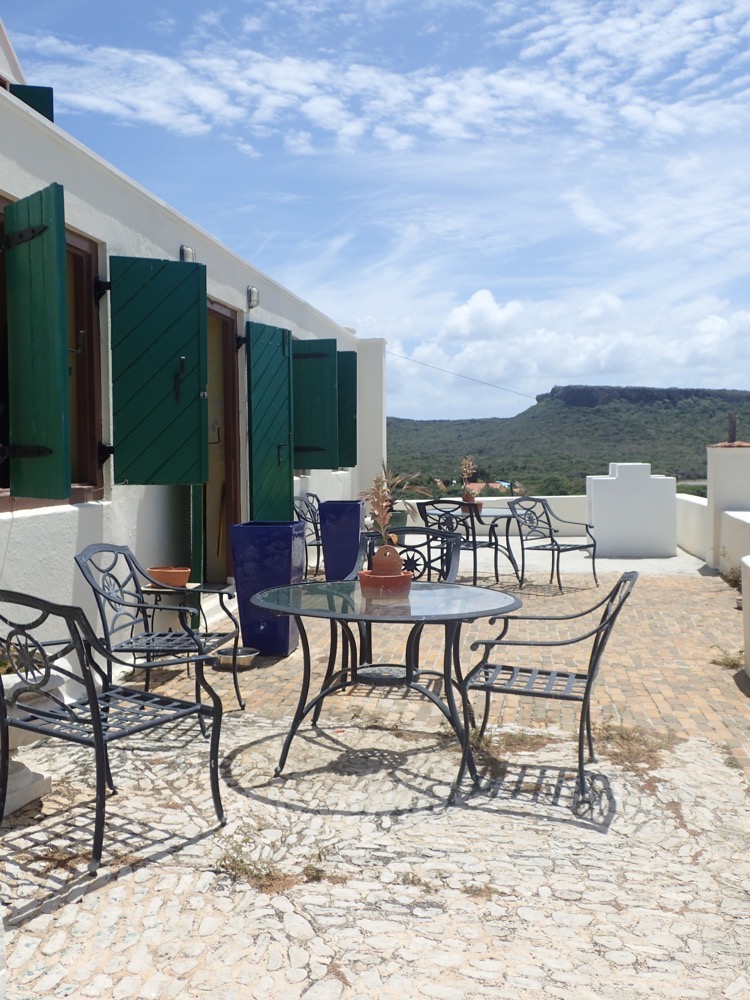
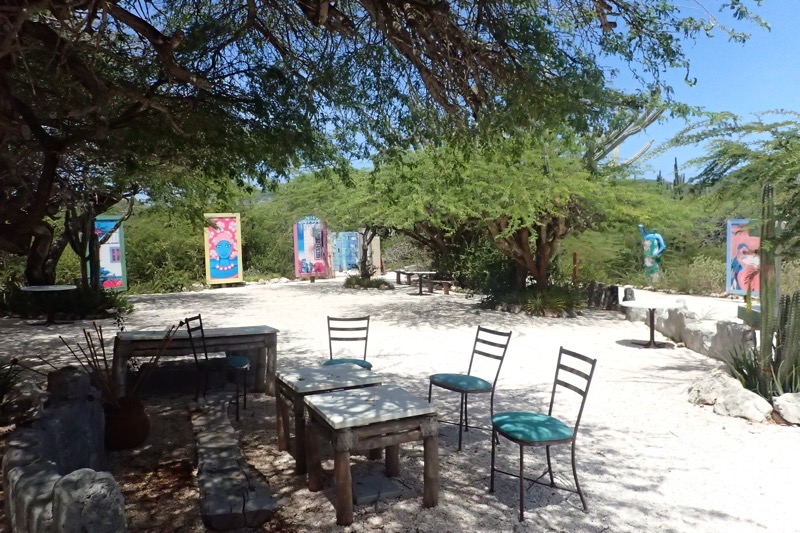
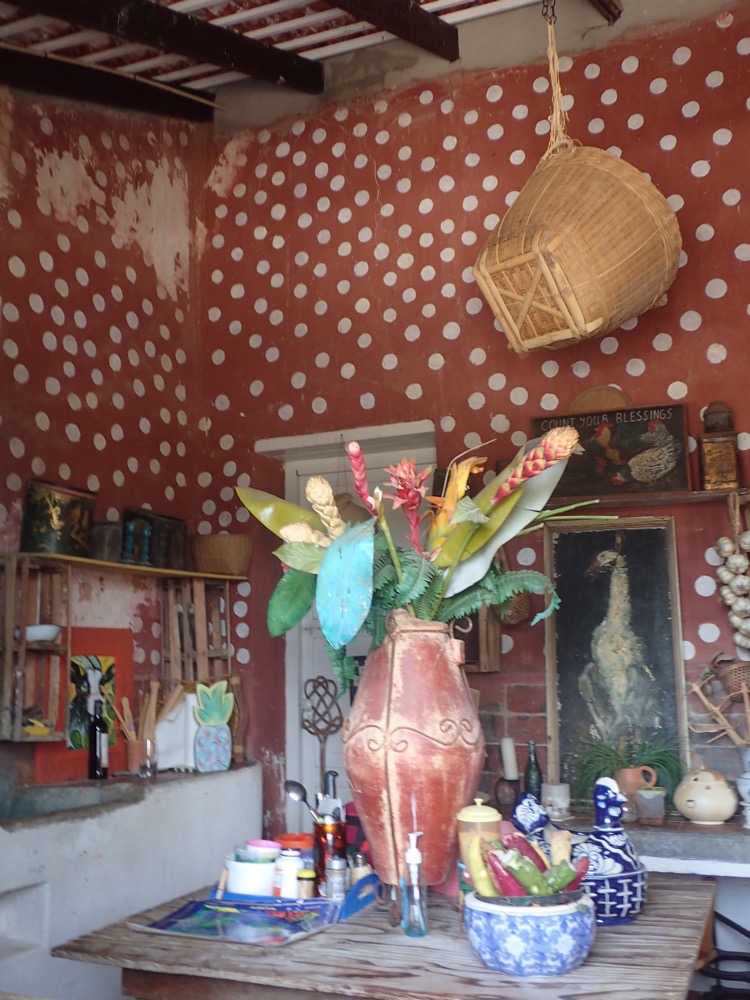
After exploring the plantation and seeing the salt pans, we took a second stab at trying to get close to the local flamingo population – but alas, without a decent 300m lens and my DSLR, we did not get a good view of the flamingos today. Funny looking things they are though – I love that they are boring grey/white birds if they don’t have the right krill in their diet… they only go pinky-orange if they are eating certain foods. From what I understand they actually add food colouring to the diet of many flamingoes in zoos for this reason. But you know, if you can do that, wouldn’t every self respecting zookeeper go nuts and make them purple, green, and blue? 🙂
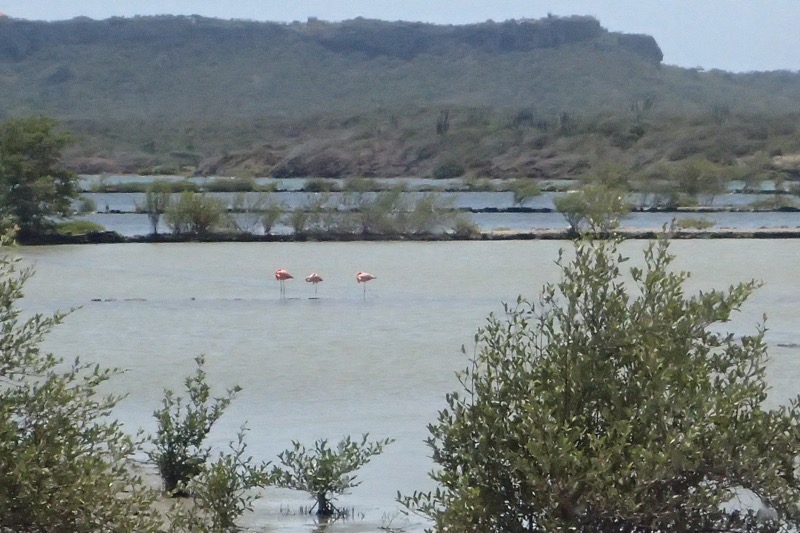
Flamingoes being a bust, we then head towards the capital town of Willemstad. Curacao has a population of approximately 160,000 citizens but on top of this has an unknown quantity of undocumented residents. The city of Willemstad supports the bulk of that population. Nearly the entire city is a UNESCO World Heritage site and it boasts a rich and unusual blend of culture and history – the traditional Dutch architecture has a decidedly Caribbean colour and flavour to it, and it is really is quite uniquely interesting to see. Nell described all the listed buildings as ‘monuments’, many of which have been restored and turned into various functional buildings (government and administrative buildings, museums, banks etc), and some of which are yet to be restored. We saw some lovely old buildings that have been carefully restored and then painted in a multitude of striking colours. I loved it… the whole city has a sense of fun about it, thanks to these bright coloured buildings.
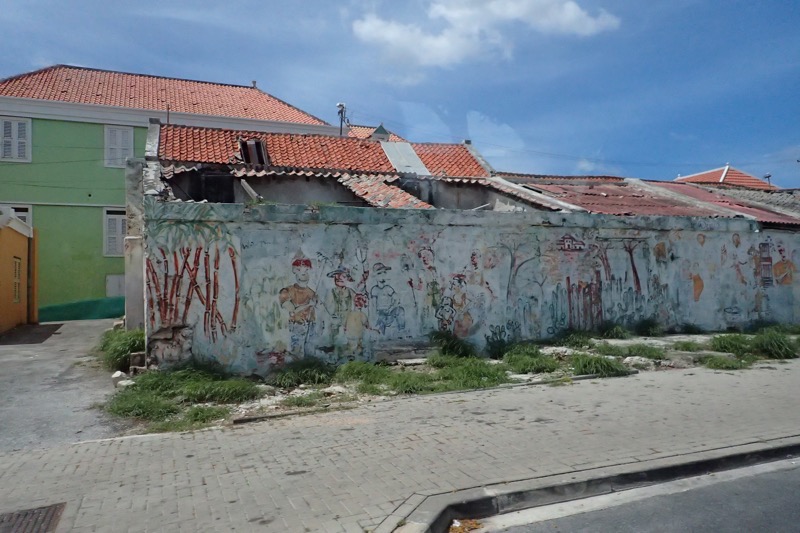
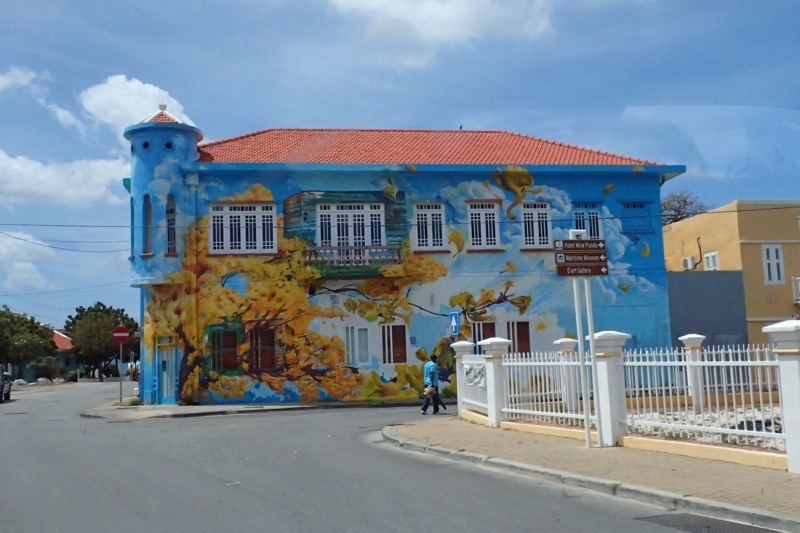
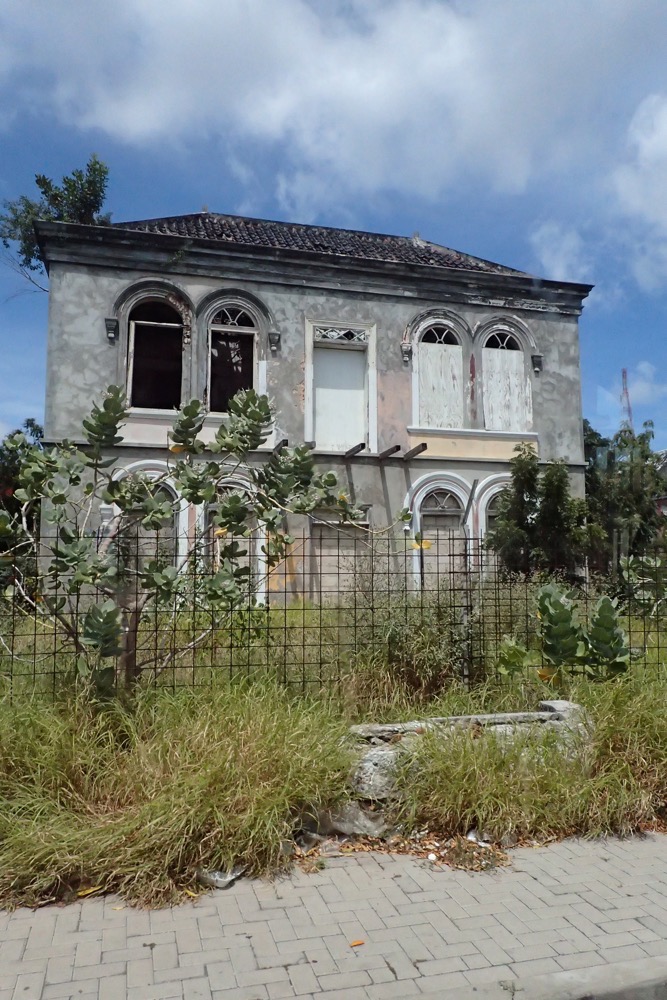
The story goes that in the early 1800s, Governor Albert Kikkert of Curacao just happened to be a sufferer of dreadful migraines, and everywhere he looked the bright white of the buildings would aggravate his migraine condition. So an edict was handed down that people could paint their property any colour but not white! It was discovered after he was deceased, that like politicians (mini-dictators?) the world over, he had an ulterior motive – he was apparently a major owner in the city’s largest paint manufacturing plant! Cunning.
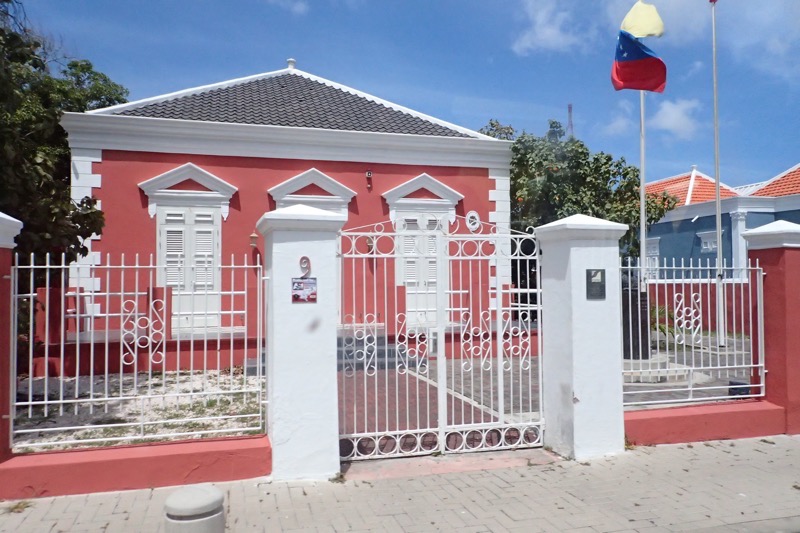
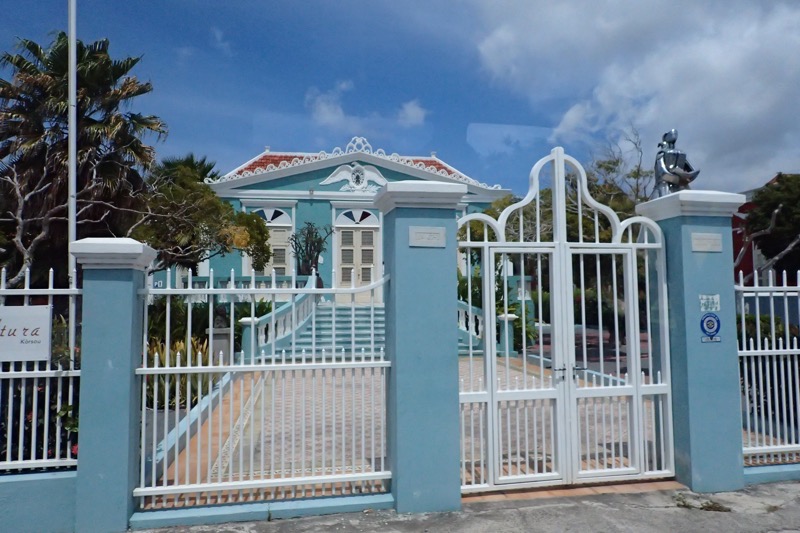
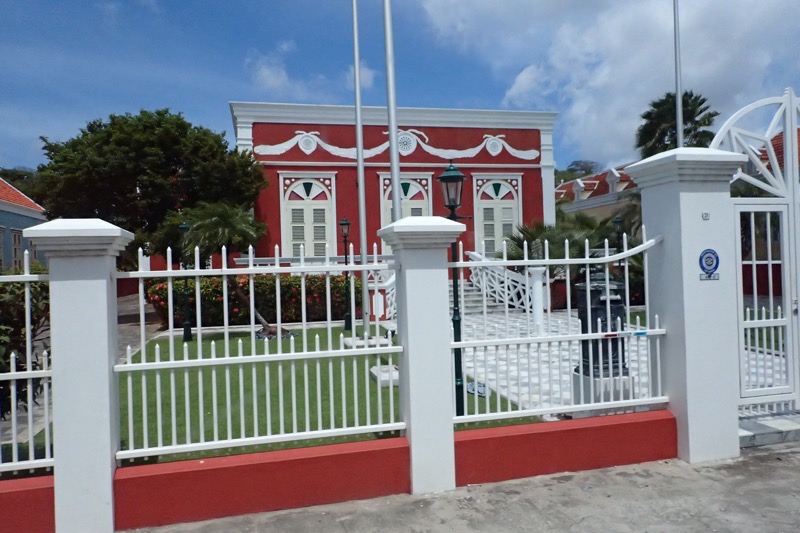
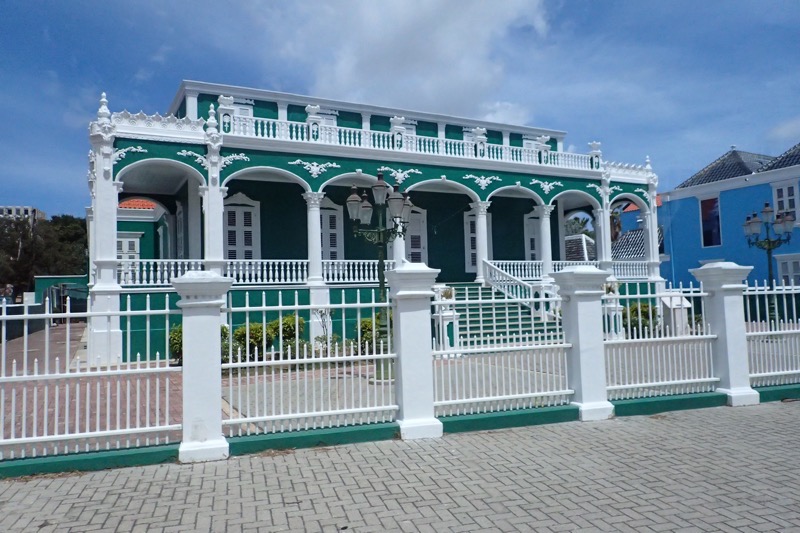
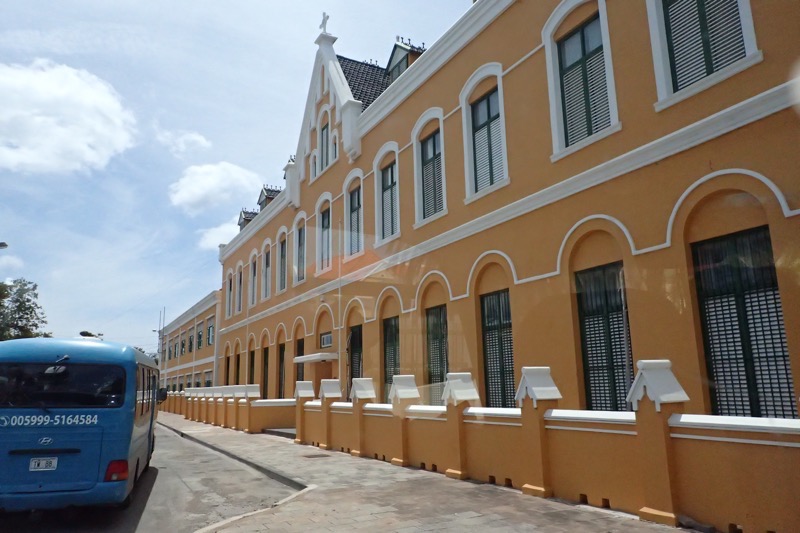
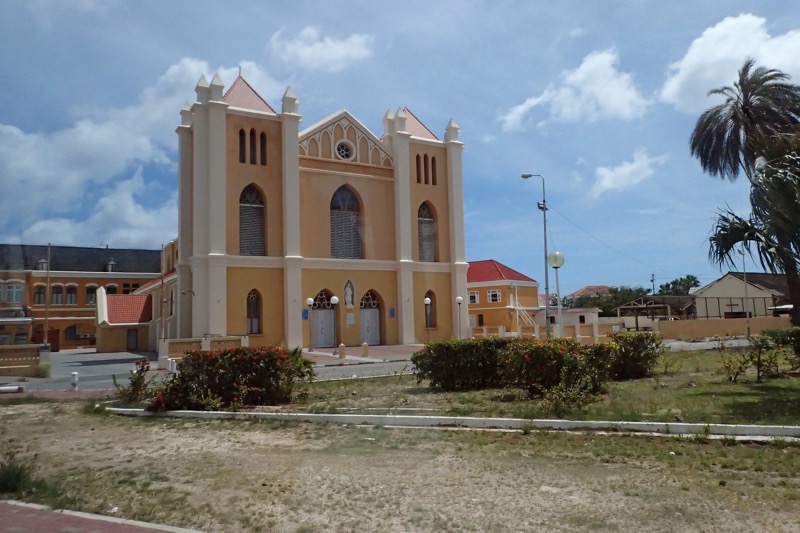
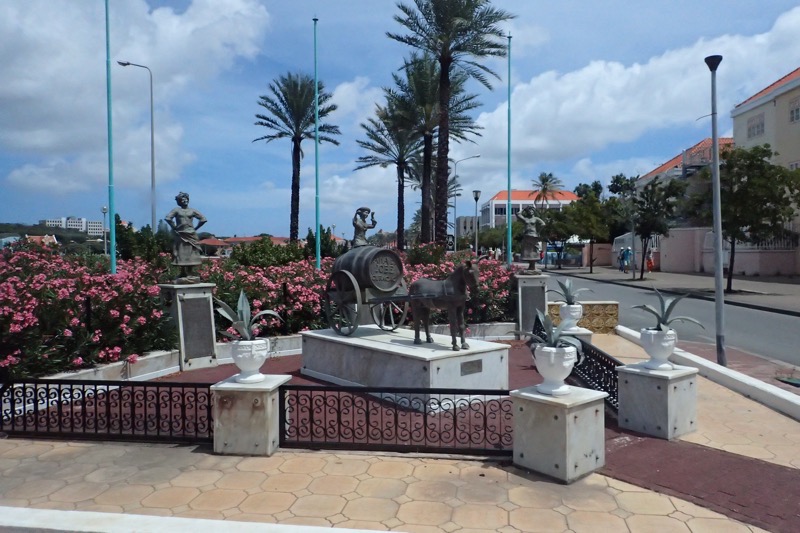
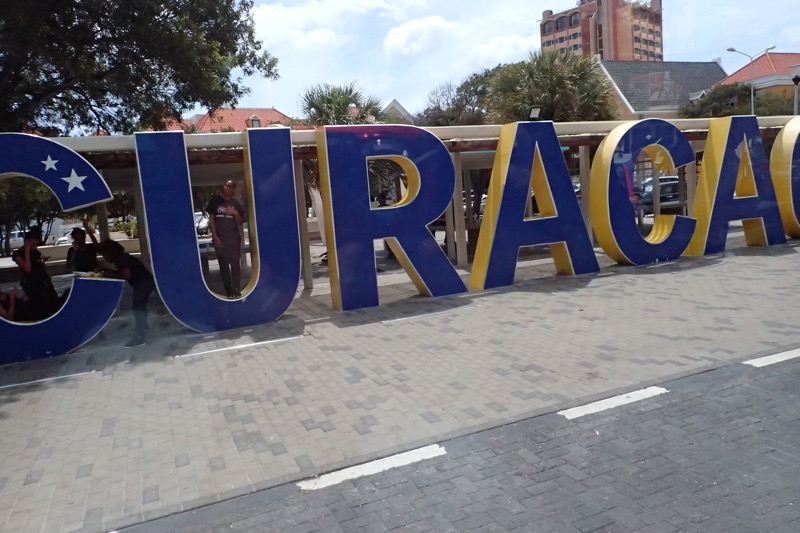
Most of us opted to get dropped off in the town so we could have a wander around the colourful waterfront and make our way back to the ship via the famous pontoon bridge, aka, the Queen Emma Bridge, aka the Swinging Old Lady Bridge. This bridge was built in 1888 on floating pontoons and it bounces and moves underfoot as you walk over it. The bridge is also able to be opened up to allow shipping traffic to move into the canal and access the dry dock and refineries that are inland from the waterfront. It was a very odd feeling to walking to be bouncing along over what looked like a very solid bridge, but it felt more like a precarious suspension bridge or something.
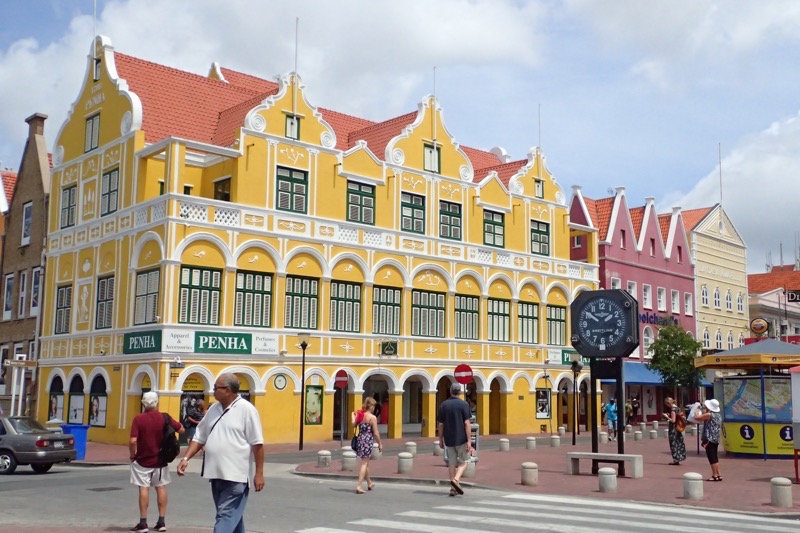
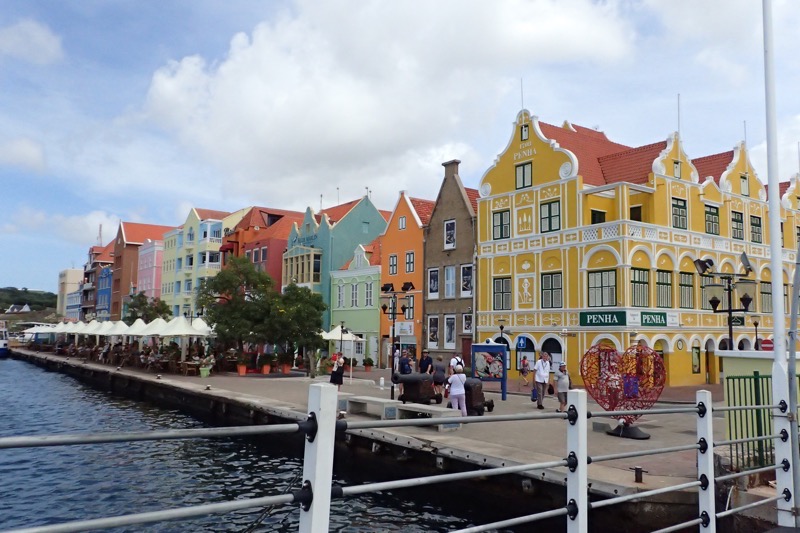
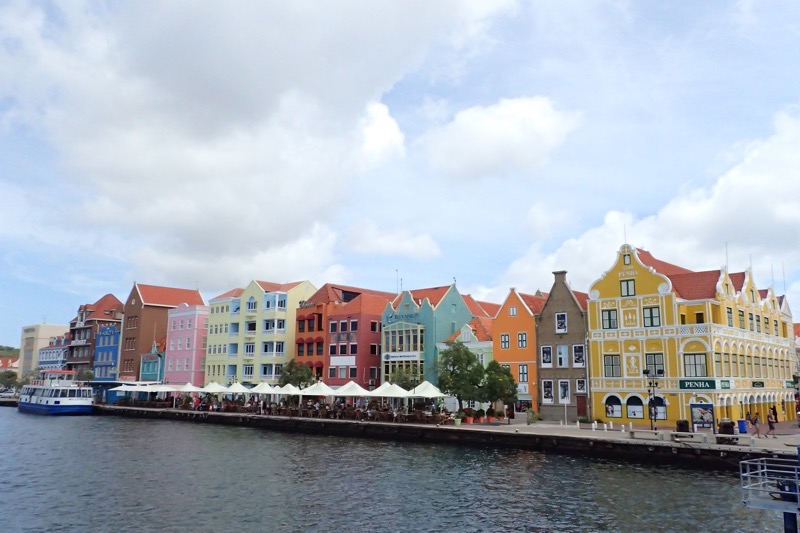
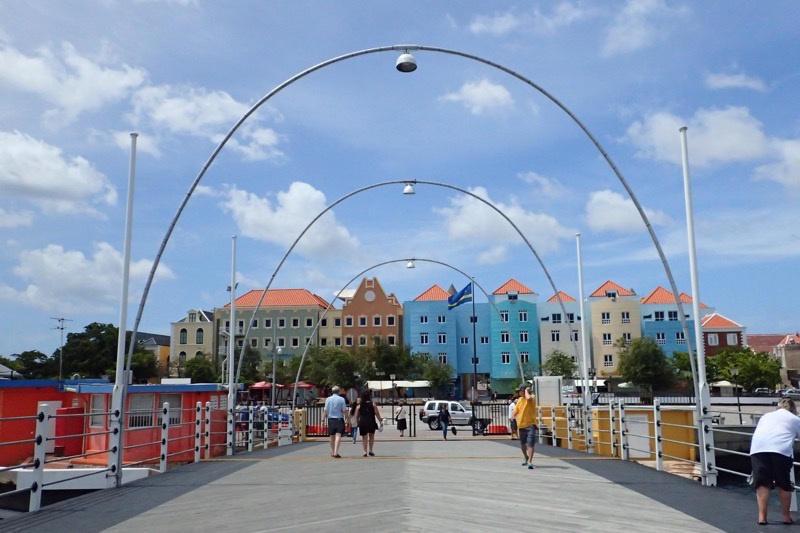
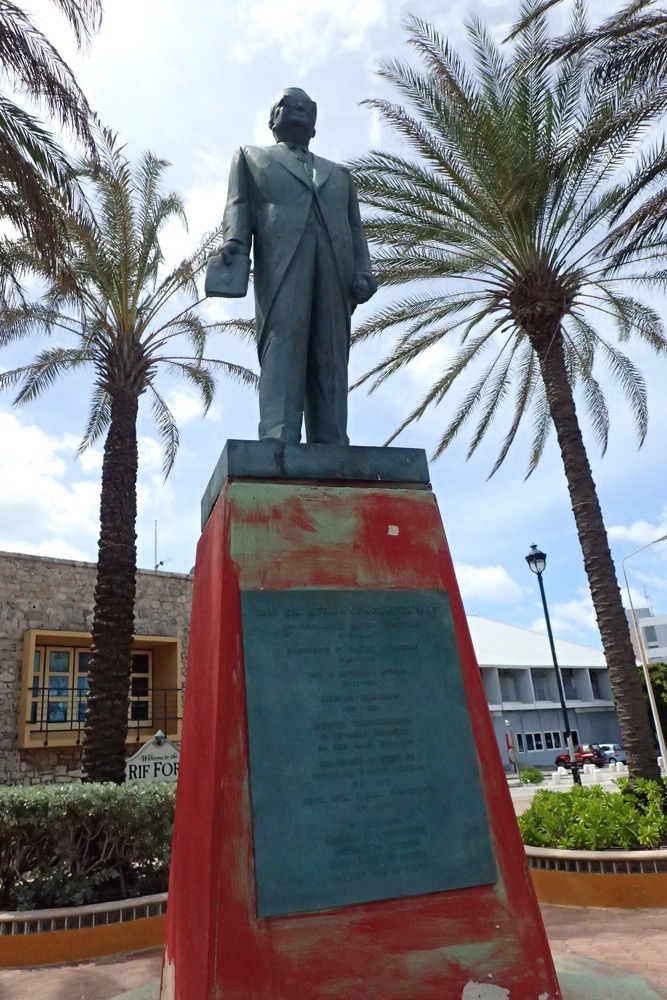
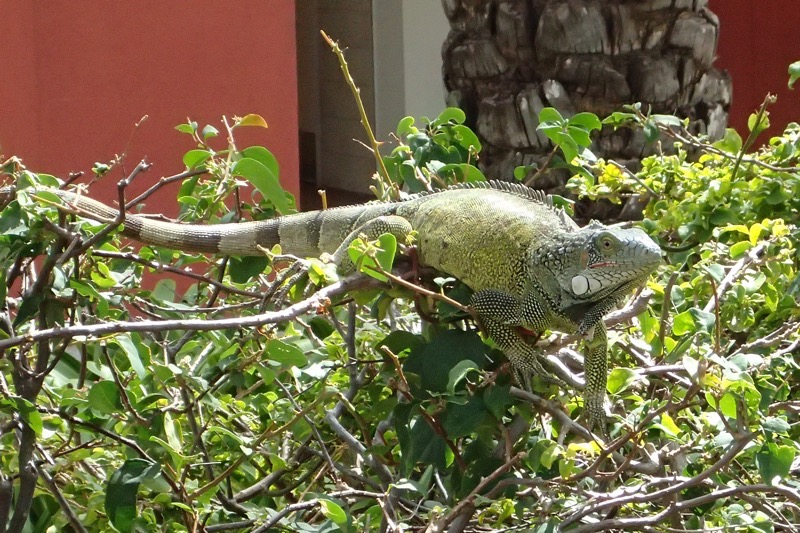
I really enjoyed our day in Curacao, it’s a truly unique blend of European and Caribbean style. I’ve put it on the list of places to come back to one day.
